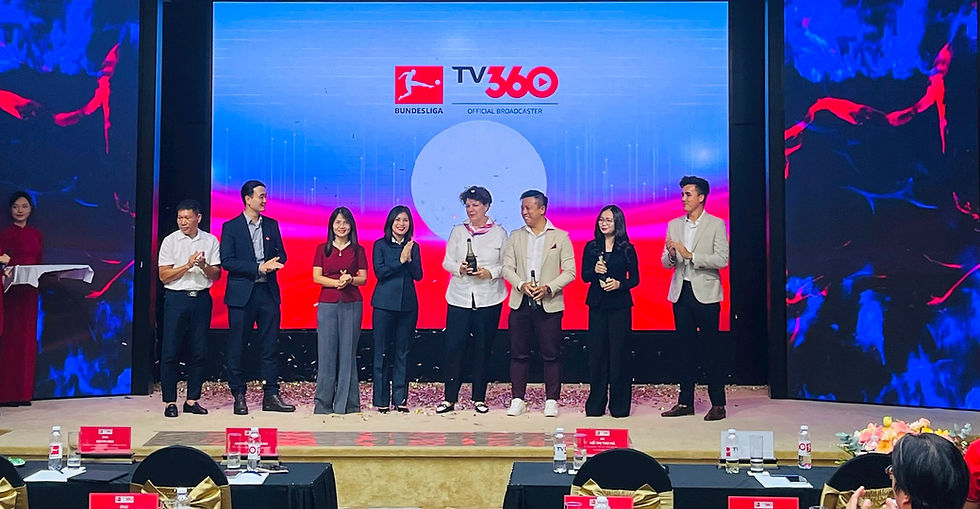In depth: How homegrown player rules are implemented around the world – Part 1
- Andrew Collins

- Jul 8, 2016
- 3 min read
Progressive protectionism or ignorant isolationism? In the first of a two part series, Mailman explores the different interpretations of the homegrown player quota system in China and throughout Europe.
The Chinese Football Association announced last month changes to the number of foreign players permitted in Chinese Super League (CSL) squads. The current ‘4+1’ system, implemented in 2009, states that up to three foreigners, plus a fourth player from an Asian Football Confederation (AFC) nation may take the field at the same time. A fifth foreigner is allowed to be named on the bench, but can only be brought on to replace another foreign player. From the 2018 season onwards, however, this quota is to drop to 3+1, meaning all CSL clubs must drop one of their (increasingly high-profile and costly) imports in the next 18 months.
Announcing the rule change, officials declared that the move was intended to bring domestic competition rules in line with those of the Asian Champions League, whilst the change should also provide greater playing opportunities for domestic players, with fewer expensive imports blocking their way into the first team. In theory this kind of protectionism should bring about long term benefits to the development of Chinese talent. After all, since the CSL’s introduction of the rule prohibiting any team from owning a foreign goalkeeper in 2001, goalkeeping standards have discernibly improved throughout the league, with Zeng Cheng, Wang Dalei and Yan Junling all currently involved in a closely-fought contest to take China’s number one jersey. But is limiting the number of foreign imports really the key to ensuring a production line of home-reared top-class talent?

The CFA’s rule prohibiting the use of foreign goalkeepers has left the national side flush with options between the posts.
While the rules in place in the CSL are clearly designed to protect Chinese players through limiting opportunities for foreign stars to come in and take their place and thus inhibit their development; in Europe, the issue of player poaching by the bigger clubs on the continent and the hoarding of young talent at a small number of elite clubs, as well as the desire to maintain a ‘local’ identity at football clubs throughout Europe has made the ‘homegrown’ player ruling a much more complex landscape.
From the 2008/09 season, UEFA themselves instructed that all clubs in the Champions League and Europa League ‘require a minimum of eight homegrown players in a squad limited to 25’. Under Article 39 of the EC Treaty, no European clubs are permitted to enforce restrictions on foreign EU nationals joining the club. However, that does not prevent leagues from insisting the registration of homegrown players within their members’ rosters.
UEFA defines the a ‘homegrown’ players as those who ‘regardless of their nationality, have been trained by their club or by another club in the same national association for at least three years between the age of 15 and 21.’ Amongst these 8, at least half are required to have been trained by the player’s current club, while the remainder are able to have been developed by another club in the same association.
While the continental edict remains in place for the two UEFA competitions, a number of leagues throughout Europe have since implemented similar quotas on the number of domestically nurtured talents required in each squad. The German Bundesliga, for example, has extended the number of locally-trained players required to 12, of which four must be club-trained, however the league does not impose any limits on non-EU players joining a side, while in the domestic league, clubs are free to register as many players as they like throughout the season.
In contrast, Premier League regulations state that eight of the maximum squad size of 25 required to be homegrown. Furthermore, while numbers are not restricted, players from outside of the EU are must obtain a work permit in order to be registered to play. The conditions of the work permit stipulate the player must have played for his country in at least 75% of its competitive games for which he was available for selection during the previous two years, while the player’s national team must have averaged at least 70th place in the official FIFA world rankings over the previous two years, while in exceptional circumstances the addition of ’special talents’ is sanctioned for star names who do not meet both criteria.

Meanwhile, in Italy’s Serie A, rules around homegrown players mirror that of UEFA, with four of the eight homegrown players required to be ‘club-trained, whereas non-EU players are limited to just two spots within the squad. Spain’s La Liga extends this non-EU number to three (whilst also excluding players from Africa, the Caribbean and the Pacific who are signatories to the Cotonou Agreement from counting towards that quota), whilst there are no stipulations over homegrown players within the domestic league.






Comments